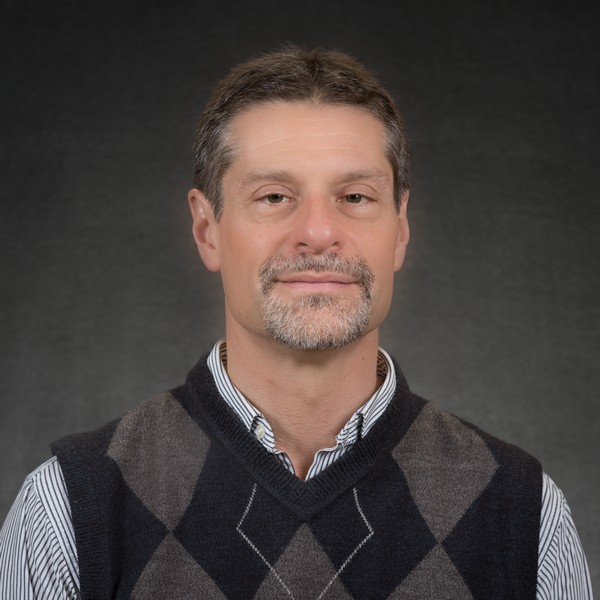Paul F. Miceli

PhD. University of Illinois at Urbana Champaign
Surfaces and interfaces of condensed matter investigated by X-ray and neutron scattering.
X-ray and neutron scattering have played a critical role in developing the present understanding of condensed matter physics by revealing the way that matter organizes itself both spatially and dynamically. Countless contributions include understanding the behavior of crystals, alloys, glasses, fluids, phase transitions, magnetism, superconductivity, and ferroelectricity, to name just a few. With the development of highly intense radiation sources, these probes are beginning to investigate physics at the surfaces and interfaces of condensed matter.Paul Miceli’s current research program utilizes surface-sensitive scattering techniques to investigate two different areas: the physics of epitaxial crystal growth and superconductivity.
- A major component of Paul Miceli’s research on epitaxial crystal growth seeks to understand the fundamental mechanisms behind kinetic roughening where surface height fluctuations develop during the evaporation of material onto a surface. In addition to being an intellectually challenging problem in statistical physics, these are crucial issues for technological applications, which increasingly require the control of interface structure on an atomic scale.
- From synchrotron x-ray scattering experiments performed, in situ in ultra-high vacuum, his research has focused primarily on homoepitaxial growth systems where clear conclusions can be drawn. For example, the experiments conducted have established that when atomic diffusion over a crystalline surface-step-edge dominates the growth kinetics, the growth fits into a universality class that is robust with temperature and is characterized by simple scaling laws. Other areas of research include atomic relaxation at surfaces as well as studies of misfit dislocations where x-rays can uniquely observe surface morphology simultaneously with defects at buried interfaces.
- The second area of Paul Miceli’s research investigates the effect of surfaces on superconductivity using spin-polarized neutron reflectivity (SPNR) techniques. Recently, his group demonstrated the sensitivity of SPNR to vortices parallel to the surface in superconductors. This geometry is difficult to study by other techniques, yet it is a geometry where the surface effects are strongest. Subsequent experiments showed that the surface provides such a strong anisotropy in weak-pinning superconductors that the vortex magnetic field reorients perpendicular to the film plane when the applied magnetic field is reduced. Ongoing experiments in Miceli’s group are looking at surface-induced vortex ordering in multilayer superconductors.
The research program is implemented using a number of facilities. Th group has a rotating anode x-ray laboratory where high-resolution scattering and reflectivity measurements can be performed. In situ growth studies of homoepitaxy have been carried out in collaboration with P. W. Stephens on the SUNY X3 beamline at the National Synchrotron Light Source at Brookhaven National Laboratory. As members of the Midwest Collaborative Access Team (MUCAT), the group is also building new surface x-ray scattering facilities at the Advanced Photon Source located at Argonne National Laboratory. These will have unique and broad-ranging capabilities to study epitaxial crystal growth. The spin-polarized neutron reflectivity work is primarily carried out on campus at the Missouri University Research Reactor (MURR).
Featured story: Scientist Uses Advance Photon Source to Study Nano-Scale Materials